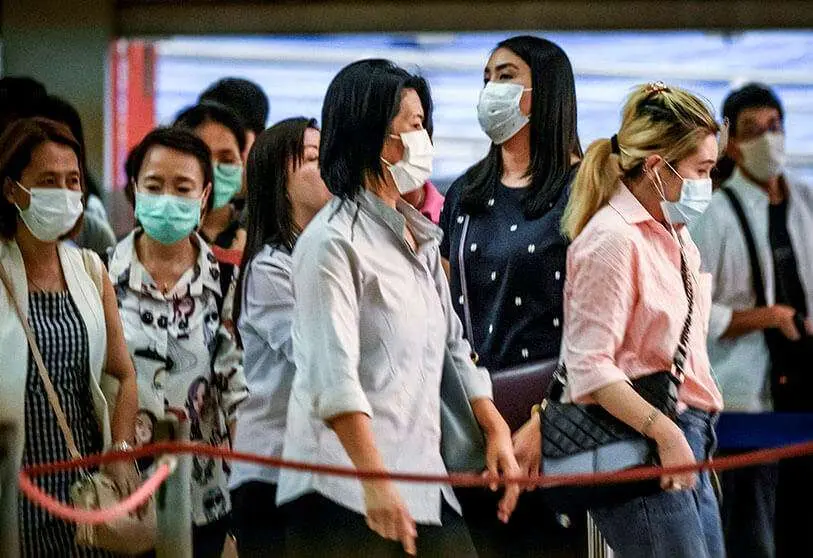The disinformation virus rides the world

The arrival of spring and subsequent summer, an annual climatic cycle that we already have on the horizon, is going to take away the most dangerous part of the coronavirus, whose spread is fuelling a collective madness on all five continents. But its trail will already be devastating in the consequences that this COVID-19 is causing or, to be more exact, the anti-virus that it has unleashed in a few months: the germ of confusion and disinformation. If we give the citizen, as should be the case every day, the real data on the incidence of this very harmful microbe, and compare it with the damage in terms of mortality and the spread of other much more familiar viruses such as the common flu, we will be able to testify that we are facing one of the most disproportionate exaggerations in recent health and political history. After the victims, however few, the worst thing is the economic repercussions, which will last for months and perhaps years.
The first responsible for what is happening is the World Health Organization, an agency dependent on the United Nations: the information that is being transmitted is either misunderstood by the two hundred countries or is being transmitted with obvious misunderstanding. Those responsible for the WHO are cured in health. They have preferred to launch overwhelming alerts that are interpreted by administrations around the world in the opposite sense to what they should be, taking decisions that the only thing they do is to provoke panic in the population, an evident panic that can now be spoken of without fear of exaggeration. The attacks on native citizens from the countries from which the initial spread of the virus originated are proof of this.
It would take a long time to find in the mental archive of the last few years someone who is doing more harm to world public opinion than the general director Tedros Adhamon Ghebreyesus, the person who is responsible for transmitting news about the incidence of the disease every day and who yesterday spoke of "potential pandemic". Looking at him every day it would seem that Humanity is facing its worst enemy in centuries. I don't know if Tedros has stopped to review the incidence of the Spanish flu (1918-1920, between 50 and 100 million deaths that represented six percent of the world's population), the Black Death (14th century, 75 million deaths) or even cholera (three pandemics between the 19th and 20th centuries, with three million deaths in total). It can be argued that the mortality caused by these pandemics is the summary of many years, decades of incidence, and that our coronavirus is still only three months old. But we can also answer that the science of health is not the same now as that available in those periods of history when a virus made easy prey on millions of people.
To warn every day with that degree of alarmism and then to affirm that the measures adopted by governments are excessive, taking into account the figures, is an irresponsibility that is leading to chaos for all the authorities on the planet with respect to this problem. The Chinese, Russian and Italian authorities are acting in an extraordinarily cautious manner, even considering the partial closure of borders, in a global context which means that I am not the only one who is doing nothing to stop this contagion. With this approach we will see even more incredible situations than those seen since last weekend in the transalpine country, where the older people have remembered these days things that they only saw during the Second World War.
The proximity of the pandemic is the issue. The WHO warning speaks of "potential" risk, a lax way of informing the entire universe of what is happening. Even, if we are exact, it should not be qualified as an epidemic because that term in the scientific parameters is applied to a disease that exceeds the known incidence rates, and we are talking about a microorganism whose existence was unknown until now, probably because it comes from the animal world and from there it has passed to humans.
A careful reflection also deserves the role of the media when there is a health alert that should not become scaremongering, much less the yellowing of certain headlines and monographs. In the courses that the WHO should give to those in power to find out exactly what their responsibility is in these cases, we should also include the media from all over the world, who take good claims and apparently catastrophic situations for granted when the real data and the most rigorous specialists get tired of pointing out the opposite path.

